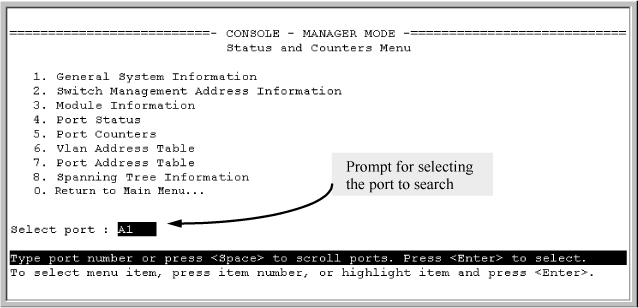
Computers, on the other hand, use the numerical IP address to associate the domain name with a server. When users search for a domain name or Uniform Resource Locator (URL), they use an alphabetical name. IP addresses as identities for computers are important because they are needed to perform an internet search.

The rules are known as DHCP or Dynamic Host Configuration Protocol. This helps prevent issues, such as two computers receiving the same IP address. There should be rules that allocate an IP address from a defined range of numbers available in a specific network. However changes on IP addresses should not be completely random. As such, it is important to have a look at a few technologies related to IP.Īs mentioned previously, IP addresses, by design, are changed constantly for the simple reason that doing so gives users security and privacy. In the purging process, unutilized addresses are deleted so is any data related to unsuccessful attempts to communicate with computers not connected to the network or that are not even powered on.ĪRP is the process of connecting a dynamic IP address to a physical machine's MAC address. While MAC addresses are fixed, IP addresses are constantly updated. This design is also intended for privacy and security to prevent IP addresses from being stolen or spoofed by cyberattackers. However, if the translation has not yet been carried out, then the request for network addresses is sent, and ARP is performed.Īn ARP cache size is limited by design, and addresses tend to stay in the cache for only a few minutes. If it exists, then a new request is unnecessary.

Every time a device requests a MAC address to send data to another device connected to the LAN, the device verifies its ARP cache to see if the IP-to-MAC-address connection has already been completed. The ARP cache is dynamic, but users on a network can also configure a static ARP table containing IP addresses and MAC addresses.ĪRP caches are kept on all operating systems in an IPv4 Ethernet network. The ARP cache keeps a list of each IP address and its matching MAC address. The gateway, or the piece of hardware on a network that allows data to flow from one network to another, asks the ARP program to find a MAC address that matches the IP address. Packets of data arrive at a gateway, destined for a particular host machine.

When a new computer joins a local area network (LAN), it will receive a unique IP address to use for identification and communication. The IP address is also referred to as the network layer or the layer responsible for forwarding packets of data through different routers. ARP works between these layers. The MAC address is also known as the data link layer, which establishes and terminates a connection between two physically connected devices so that data transfer can take place.
#DOES THE ARP TABLE SHOW MAC ADDRESS SOFTWARE#
This can be helpful in determining which layer affects which application, device, or software installed on the network, and further, which IT or engineering professional is responsible for managing that layer. First developed in the late 1970s, the OSI model uses layers to give IT teams a visualization of what is going on with a particular networking system. There is a networking model known as the Open Systems Interconnection (OSI) model.

ARP translates the 32-bit address to 48 and vice versa. The most used IP today is IP version 4 (IPv4). This mapping procedure is important because the lengths of the IP and MAC addresses differ, and a translation is needed so that the systems can recognize one another. Address Resolution Protocol (ARP) is a protocol or procedure that connects an ever-changing Internet Protocol (IP) address to a fixed physical machine address, also known as a media access control (MAC) address, in a local-area network (LAN).


 0 kommentar(er)
0 kommentar(er)
